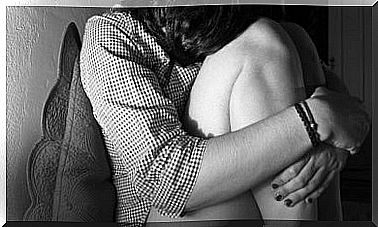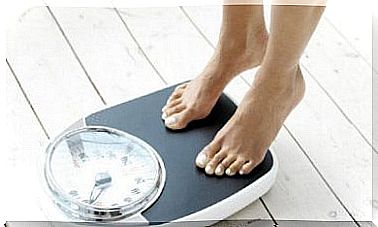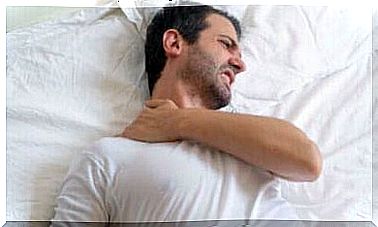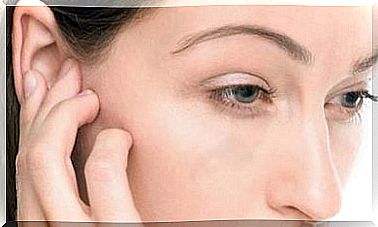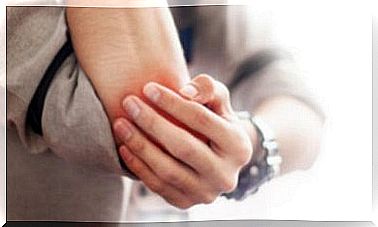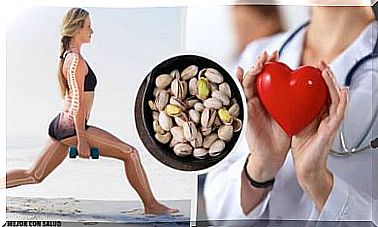Thigh Block: Symptoms And Treatment
The thigh block can be classified differently, depending on the degree of cardiac rhythm involvement. Therapy can help control the disease in the vast majority of cases.

One speaks of a bundle branch block when the electrical transmission of stimuli in the heart is partially or completely interrupted. The structures that are responsible for the conduction of stimuli consist of a special tissue. This is able to transmit electrical impulses to both sides of the organ.
The bundle branch block then prevents the heart from beating in a normal rhythm. This in turn increases the risk of cardiovascular complications. Do you want to know more about it? Then read on!
What causes a bundle branch block?
The most common causes of bundle branch block include:
- Myocardial infarction
- High blood pressure
- Myocarditis
- Cardiomyopathies
In most cases, there is poor blood flow to the tissue that is responsible for transmitting electrical impulses in the heart. This can be the result of a heart attack, for example, in which the blood flow in the coronary arteries is obstructed. This means that not enough oxygen and nutrients are transported to the heart muscle.
This undersupply leads to progressive tissue damage, which is usually not curable. For this reason, bundle branch block is a common complication in cardiovascular disease.
In contrast, myocarditis is inflammation of the heart muscle as a result of infection. This inflammation is caused, among other things, by a parasite called Trypanosoma cruzi , which causes Chagas disease.
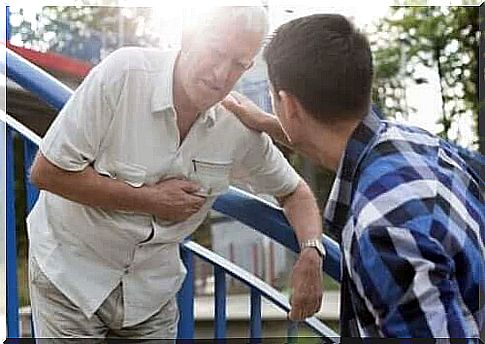
Bundle branch block: symptoms
There are different symptoms depending on the irregular heartbeat it causes. Fortunately, most patients are mild and show few symptoms. In these cases, a diagnosis is often made incidentally during a routine medical examination.
Those who, however severe symptoms show suffer among other things, palpitations and fainting (syncope). In addition, these people usually also have other cardiovascular or metabolic diseases, such as high blood pressure or diabetes mellitus.
Depending on how much other organs (e.g. the kidneys) are affected, other symptoms can also occur. In addition, in severe cases, the heart can no longer function properly. “Hemodynamic instability” can occur. This often leads to a progressive drop in blood pressure which can eventually lead to shock if not treated in a timely manner.
diagnosis
A doctor can make a diagnosis using a combination of clinical exams and additional tests. Part of this is also a thorough physical examination to detect a cardiac arrhythmia.
The diagnosis is confirmed by an electrocardiogram (EKG). The electrical activity of the heart is recorded. Among other things, the frequency of heartbeats, which is abnormal in patients with bundle branch block.
In addition, the doctor may also do an echocardiogram. This is an imaging procedure that can be used to detect structural changes in the heart. This is used to find out the cause of the disease.
Thigh Block: Treatment Options
There are various therapeutic options depending on the severity and risk of fatal rhythm disturbances. Below we give you an overview of the most important.
Medication
As mentioned earlier, most patients show no symptoms. For this reason, the doctor usually does not prescribe drugs specifically for the bundle branch block. However, it is often necessary to prescribe medication to address the cause of this condition.
For example, it is common to prescribe antihypertensive agents and diuretics to a patient with hypertension . There are a large number of drugs for this, the differences between which lie in their mechanism of action.
Some of the most commonly used are losartan , amlodipine, and enalapril . In the group of diuretics, hydrochlorothiazide and furosemide are worth mentioning.
Pacemaker
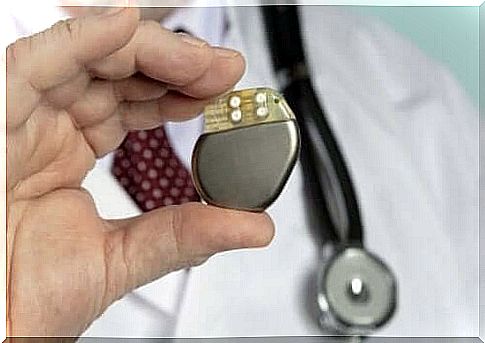
This device can bring the electrical activity of the heart into a normal rhythm. Originally it was an expensive and problematic treatment with many side effects. Today, however, it is safe and the equipment is easy to maintain.
According to a publication by the Spanish Heart Foundation, there are two types of pacemakers: temporary and permanent. The latter require implantation under the skin, for which the doctor must also insert a wire through one of the right cardiac veins.
Cardiac resynchronization therapy
This treatment is suitable for more severe cases where the coordination between the activity of the left and right sides of the heart is not working. According to a Mayo Clinic publication, the device used is also called a biventricular pacemaker.
Such are the benefits of these devices that some models also contain an implantable cardioverter-defibrillator. This means that the device can send out a defibrillating pulse in emergencies in which the heart rhythm has changed significantly.
Prevention of complications
It is important that people at risk for this condition get regular medical check-ups for possible fatal complications. GPs and internists may be adequately trained in some cases, but they will often refer patients to a cardiologist.
